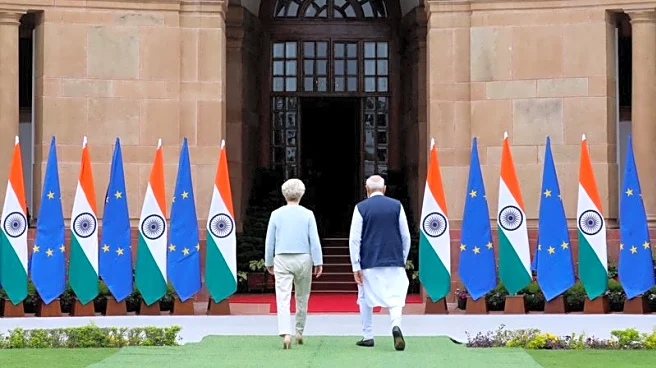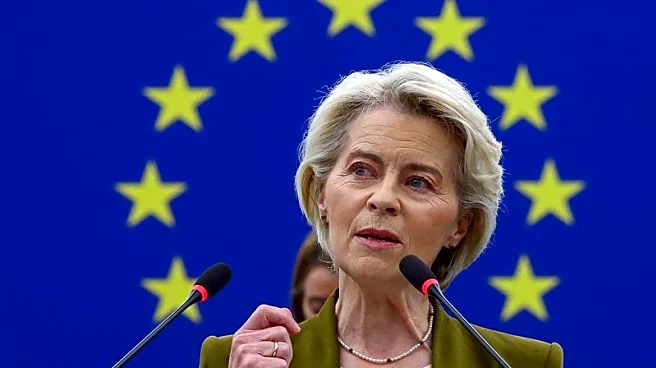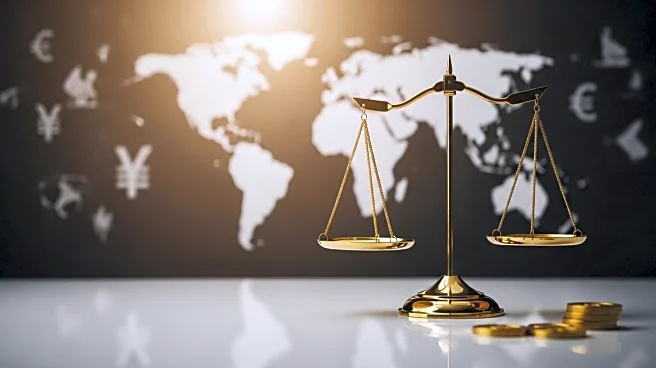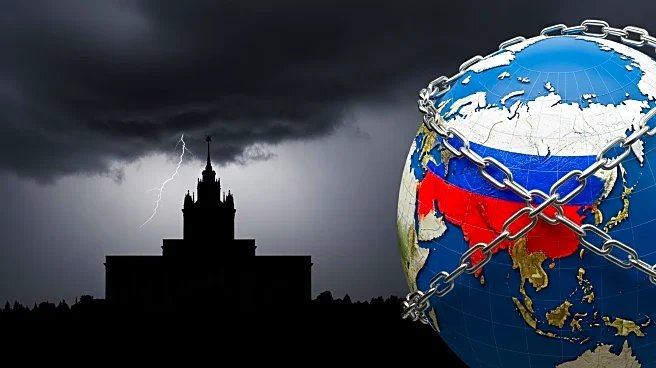What's Happening?
President Trump recently called Indian Prime Minister Narendra Modi to wish him a happy birthday, signaling a potential thaw in relations amidst ongoing trade negotiations. The call follows the imposition of a 50% tariff by the U.S. on Indian goods, half of which is a penalty for India's purchase of Russian oil and weapons. This has led to a stall in bilateral trade deal negotiations. Despite the tensions, both leaders expressed optimism about reaching a trade agreement. U.S. trade negotiator Brendan Lynch held discussions with Indian officials, although these did not mark the start of a new negotiation round. India's exports to the U.S. have seen a decline, dropping from $8.01 billion in July to $6.86 billion in August.
Why It's Important?
The high tariffs imposed by the U.S. have significant implications for India's economy, particularly affecting its export sector. The ongoing trade negotiations are crucial for both countries to resolve these issues and strengthen their economic ties. The tariffs are part of a broader strategy by President Trump to pressure countries like India and China to take a stand against Russia's actions in Ukraine. The outcome of these negotiations could impact global trade dynamics and influence the geopolitical landscape, especially in relation to U.S.-India relations and their respective positions on international conflicts.
What's Next?
The next steps involve continued discussions between U.S. and Indian trade officials to find a resolution to the tariff dispute and finalize a trade agreement. Both countries are likely to explore ways to mitigate the impact of tariffs and enhance bilateral trade. The U.S. may also continue to push for higher tariffs on other countries as part of its strategy to influence global politics. The resolution of these trade talks could set a precedent for future negotiations between the U.S. and other nations.











